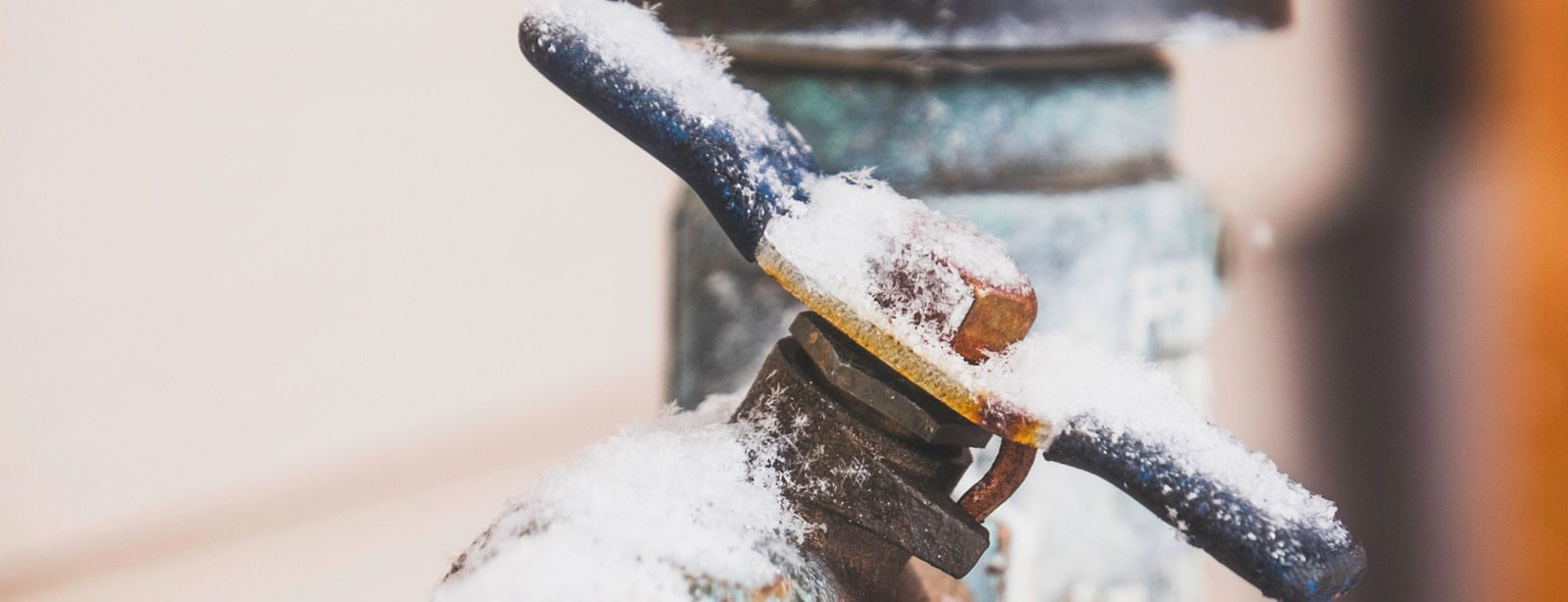Tips to Defend Pipes from Freezing: Professional Guidance
Tips to Defend Pipes from Freezing: Professional Guidance
Blog Article
The publisher is making several great pointers relating to Prevent Frozen Pipes in general in this post which follows.

Winter can ruin your plumbing, especially by freezing pipes. Below's how to stop it from occurring and what to do if it does.
Intro
As temperatures decline, the threat of frozen pipelines boosts, potentially leading to expensive repairs and water damage. Comprehending how to prevent frozen pipes is critical for property owners in cold environments.
Prevention Tips
Protecting susceptible pipes
Wrap pipes in insulation sleeves or make use of warm tape to secure them from freezing temperature levels. Focus on pipelines in unheated or outside areas of the home.
Home heating techniques
Maintain indoor rooms adequately heated, particularly locations with pipes. Open up cupboard doors to allow warm air to distribute around pipelines under sinks.
How to determine icy pipelines
Seek decreased water flow from faucets, uncommon smells or noises from pipes, and visible frost on subjected pipes.
Long-Term Solutions
Structural modifications
Take into consideration rerouting pipes far from exterior walls or unheated areas. Include added insulation to attic rooms, cellars, and crawl spaces.
Upgrading insulation
Invest in high-quality insulation for pipelines, attics, and walls. Appropriate insulation helps preserve regular temperature levels and decreases the risk of frozen pipes.
Safeguarding Outside Plumbing
Garden hose pipes and outdoor faucets
Separate and drain pipes garden hoses before winter. Install frost-proof faucets or cover exterior faucets with shielded caps.
Understanding Icy Pipes
What creates pipelines to ice up?
Pipes ice up when revealed to temperature levels below 32 ° F (0 ° C) for expanded durations. As water inside the pipes freezes, it expands, taxing the pipe wall surfaces and potentially creating them to break.
Risks and problems
Icy pipelines can result in water supply disruptions, home damage, and costly repair work. Ruptured pipes can flooding homes and create comprehensive structural damage.
Indicators of Frozen Water Lines
Recognizing frozen pipes early can avoid them from rupturing.
What to Do If Your Pipes Freeze
Immediate activities to take
If you presume icy pipes, keep faucets open to eliminate stress as the ice melts. Utilize a hairdryer or towels taken in hot water to thaw pipelines slowly.
Verdict
Avoiding frozen pipes calls for aggressive measures and fast responses. By understanding the causes, indications, and safety nets, property owners can secure their plumbing throughout winter.
5 Ways to Prevent Frozen Pipes
Drain Outdoor Faucets and Disconnect Hoses
First, close the shut-off valve that controls the flow of water in the pipe to your outdoor faucet. Then, head outside to disconnect and drain your hose and open the outdoor faucet to allow the water to completely drain out of the line. Turn off the faucet when done. Finally, head back to the shut-off valve and drain the remaining water inside the pipe into a bucket or container. Additionally, if you have a home irrigation system, you should consider hiring an expert to clear the system of water each year.
Insulate Pipes
One of the best and most cost-effective methods for preventing frozen water pipes is to wrap your pipes with insulation. This is especially important for areas in your home that aren’t exposed to heat, such as an attic. We suggest using foam sleeves, which can typically be found at your local hardware store.
Keep Heat Running at 65
Your pipes are located inside your walls, and the temperature there is much colder than the rest of the house. To prevent your pipes from freezing, The Insurance Information Institute suggests that you keep your home heated to at least 65 degrees, even when traveling. You may want to invest in smart devices that can keep an eye on the temperature in your home while you’re away.
Leave Water Dripping
Moving water — even a small trickle — can prevent ice from forming inside your pipes. When freezing temps are imminent, start a drip of water from all faucets that serve exposed pipes. Leaving a few faucets running will also help relieve pressure inside the pipes and help prevent a rupture if the water inside freezes.
Open Cupboard Doors
Warm your kitchen and bathroom pipes by opening cupboards and vanities. You should also leave your interior doors ajar to help warm air circulate evenly throughout your home.

I found that blog post about 6 Ways to Prevent Frozen Pipes when exploring the web. Liked our entry? Please share it. Let others locate it. I enjoy reading our article about Prevent Frozen Pipes .
Free Quote Report this page